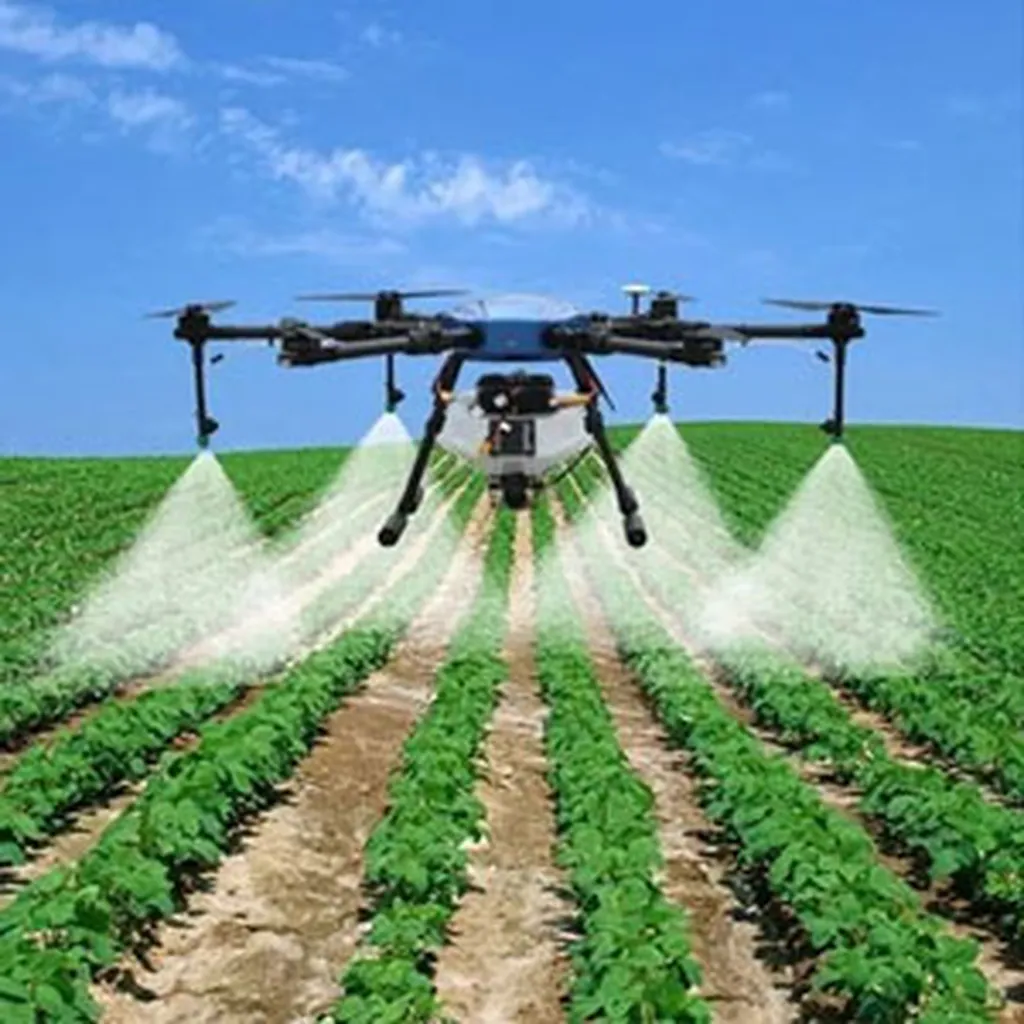In the realm of precision agriculture, clear and accurate imagery is paramount. However, outdoor environments often present challenges such as haze, which can obscure vital details in images captured by drones and satellites. A recent breakthrough in image dehazing technology, published in the journal *Frontiers in Plant Science* (translated to English as “Frontiers in Plant Science”), promises to revolutionize how we perceive and monitor agricultural landscapes. The research, led by Wei Zhao from the School of Electrical and Information Engineering at Jilin Agricultural Science and Technology University in China, introduces DUNet, a novel dehazing model designed specifically for outdoor smart agriculture applications.
Image dehazing technology enhances image quality and monitoring accuracy, which is crucial for precision agriculture. Traditional methods have struggled to perform effectively in complex outdoor conditions. “Conventional dehazing methods often fall short in capturing the intricate details necessary for accurate agricultural monitoring,” explains Wei Zhao. “This limitation has been a significant hurdle in the field.”
To address this challenge, Zhao and his team developed DUNet, a high-performance image dehazing model. The model incorporates several innovative features, including a novel hybrid convolution block called MixConv, designed to extract detailed feature information from images. Additionally, the team integrated the atmospheric scattering model into a dehazing feature extraction unit (DFEU), which establishes a mapping relationship between hazy and haze-free images in the feature space. The SK fusion mechanism dynamically fuses feature maps extracted from multiple paths, further enhancing the model’s performance.
The researchers evaluated DUNet’s performance using a dataset consisting of 1,978 pairs of hazy UAV images of paddy fields. The model achieved impressive results, with a Peak Signal-to-Noise Ratio (PSNR) of 36.0206 and a Structural Similarity Index (SSIM) of 0.9946. Furthermore, DUNet was validated on a remote sensing dataset, achieving a PSNR of 37.2887 and an SSIM of 0.9933. These results demonstrate that DUNet outperforms other well-established image dehazing models, confirming its potential and feasibility for outdoor smart agriculture dehazing tasks.
The implications of this research are far-reaching. Clear and accurate imagery is essential for monitoring crop health, detecting pests and diseases, and optimizing irrigation and fertilization strategies. By enhancing the quality of images captured in outdoor environments, DUNet can significantly improve the efficiency and accuracy of precision agriculture practices. This, in turn, can lead to increased crop yields, reduced resource usage, and improved sustainability in agriculture.
“We believe that DUNet has the potential to transform the way we approach agricultural monitoring,” says Zhao. “By providing clearer and more accurate images, we can make more informed decisions that benefit both farmers and the environment.”
As the agricultural industry continues to embrace smart technologies, the demand for advanced image processing techniques will only grow. DUNet represents a significant step forward in this field, offering a powerful tool for enhancing image quality and improving agricultural monitoring. With its superior performance and potential for widespread application, DUNet is poised to make a substantial impact on the future of precision agriculture.

